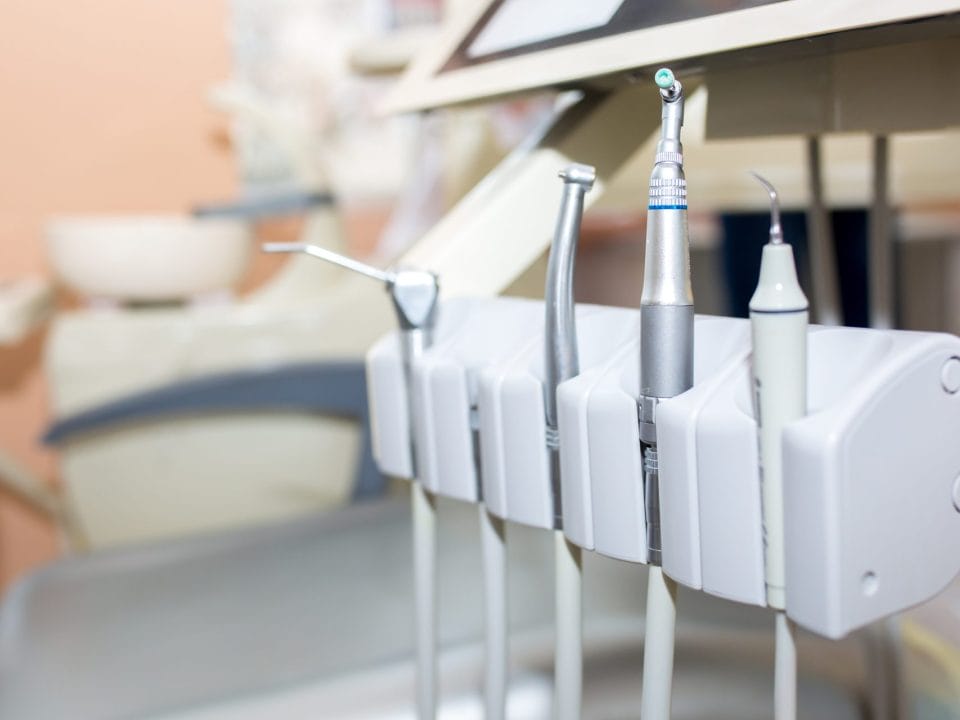
Having a dental emergency? Call us!
614-882-1135
We understand that dental emergencies can happen at any time. If you're in need of urgent care, give us a call, and we'll do everything we can to assist you when it matters most.
Patient Testimonials
Discover Better Dentistry
Become a part of the
Westerville Dental family!
We're accepting new patients. Our dental team prides itself on delivering a truly efficient and enjoyable experience while you’re with us.

The United States Department of Health and human services, a few years ago, asserted that flossing is an essential hygienic practice that everyone should adopt. Gum disease and tooth decay develop over time when there is plaque buildup in those areas. Tooth brushing, professional cleaning, and flossing are some of the most reliable ways to disrupt and prevent plaque. Flossing helps to remove plaque buildup that can lead to gum disease or cavities from areas where a toothbrush can’t penetrate.
What Is Flossing?
Flossing is a process of removing debris and bacteria that cannot be cleaned by a toothbrush. It’s an essential oral hygiene practice. Flossing dislodges and removes food particles stuck in your teeth, thereby reducing the amount of plaque buildup and bacteria in your mouth. Plaque is a pasty film that piles up on the teeth and causes gum disease and cavities.
Although most people brush their teeth regularly, not everyone flosses as often as they brush. To maintain healthy oral hygiene, you must floss regularly. According to a survey by the American Dental Association, 5 out of every 10 Americans floss daily while 25 percent of Americans have never flossed.
How Do You Floss Your Teeth?
It’s not just enough to floss; you must know how to do so correctly. Improper flossing can damage your gums and teeth. Here’s how to floss correctly.
- Break off 18-24 inches of dental floss. Wind it around your middle fingers and allow only about 1-2 inches in your mouth at a time.
Use your thumb and index fingers to hold the floss taut. - Now gently place the floss taut in between your teeth and slide the floss up and down, rubbing it gently against both sides of the tooth. Ensure that the floss doesn’t glide on your gums as this can bruise or scratch your gums.
- If the floss reaches your gums curve it to form a C shape; this will position the floss to enter the space between your tooth and your gums.
- Repeat the same process as you move from one tooth to the other, with each tooth use a new part of the floss segment.
When Should You Floss Your Teeth?
Most people have the practice of brushing their teeth before flossing. However, the best approach is to floss before brushing. Flossing helps to release plaque and food particles stuck in between your teeth while brushing helps to clean and remove those particles. If you brush before flossing, the food particles will remain in your mouth. The American Dental Association recommends that every American floss at least once a day and brush at least twice a day.
What Are The Types of Dental Floss?
The best type for you depends on the space in between your teeth (whether bridges or braces, for example) and your preference. Some dental flosses perform better in wider spaces, while others are customized for tighter spaces.
Here’re some of the types of dental flosses.
1. Standard floss- this comes in the form of a nylon strand that fits the space in between your teeth. It is thin and comes waxed or unwaxed as well as flavored or unflavored. If you have crowded teeth, then you need to use a standard floss with a wax coating because it is more effective in getting between the spaces in your teeth.
2. Dental tape- this type of floss is flat and broader like a ribbon and is generally easy to handle, especially if you have large space, gaps, and braces in between your teeth.
3. Super floss- this type of dental floss is suitable for both gaps, braces, and bridges. It consists of three main components:
- a spongy floss (for cleaning areas around your appliance)
- stiffened end (for flossing areas underneath the appliance)
- regular floss (for removing plaque underneath your gum line)
What Are The Tools That Make Flossing Easier?
In addition to using floss threads, wax floss, and dental tape, some other tools can help make flossing faster and easier. One of such tools is a water or electric flosser which uses pressure and water to remove food particles and plaque stuck in between your teeth. Both are suitable tools you can use if you’re having difficulty using regular floss. The water floss is the best option, especially if you have braces. It can clean in between wires and brackets. Another suitable option is the use of disposable floss picks. These are easy to use because they help floss areas that are hard to reach, such as the back of your mouth.
Why is Flossing Important?
1. Flossing Helps to Remove Plaque, Gingivitis, and Tooth Decay
The American Dental Association believes that flossing is one of the most effective tools against plaque. In any circumstance, flossing is a proven and excellent method for completing daily brushing routines that help prevent periodontal diseases, cavities, and other dental issues.
2. Flossing Helps to Increase Blood Circulation in Gums
Flossing keeps your gumline healthy and strong. Having strong gums helps keep your natural teeth in place. But the main idea behind flossing is to remove the small food particles and plaque that you don’t see.
3. Flossing Helps to Prevent Halitosis
Also known as bad breath, halitosis is mostly caused by tooth decay which is the resultant effect of skipping flossing.
Maintaining a good oral hygiene practice goes beyond brushing your teeth regularly. It also requires flossing and knowing how to floss correctly. Apart from flossing and brushing, ensure that you schedule a regular dental examination with our dentists at least twice a year.


 Meet Dr. Stickel
Meet Dr. Stickel Meet Dr. Zody
Meet Dr. Zody Meet Dr. Choi
Meet Dr. Choi Meet Dr. Son
Meet Dr. Son



